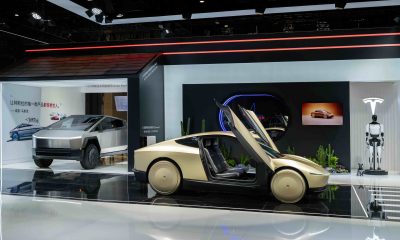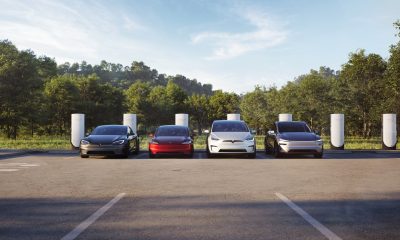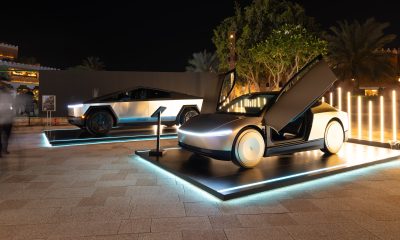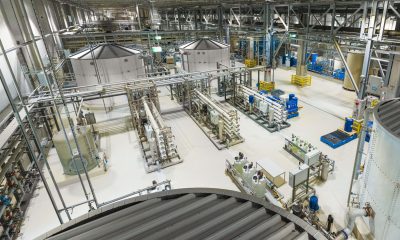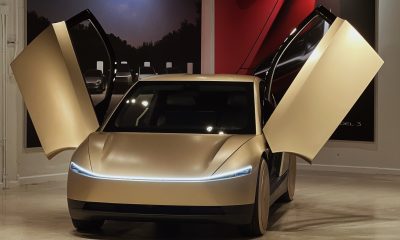News
Tesla ownership without home charging: Here’s how it’s done
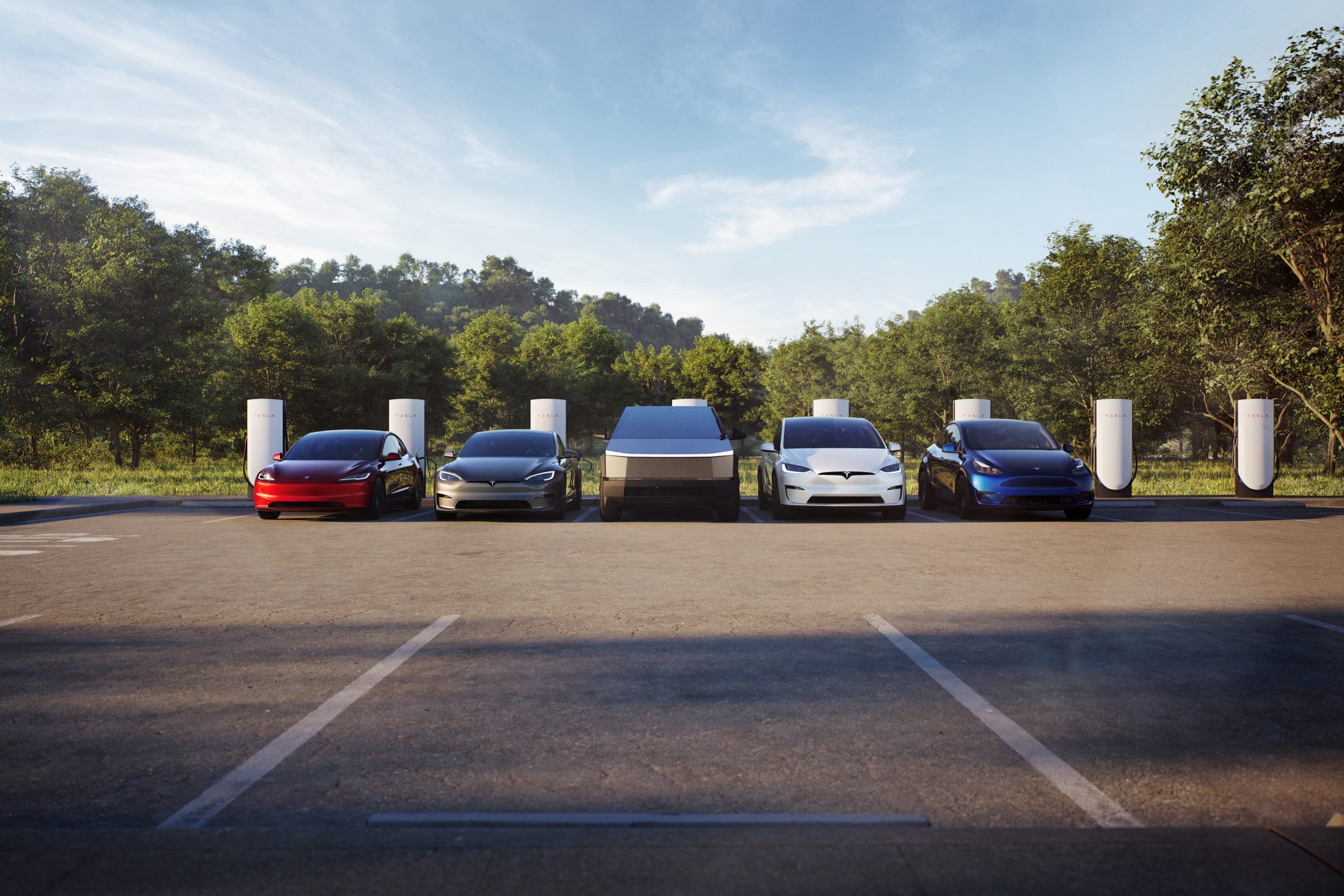
I bought a Tesla without having perhaps the biggest advantage of owning an electric vehicle: home charging.
People told me it could be done, others said it eliminated the purpose of owning an EV. I knew I wanted a Tesla, and I knew I could probably get away with not having access to charging at home.
I traded my ICE vehicle for a Tesla Model Y: here’s how it went
The strategy I planned to use without having home charging was pretty simple: there’s a Supercharger a few miles away, and there’s also low-level charging at my local grocery store. The Model Y also came with a Mobile Connector, so there was another way I could charge in a pinch.
There are also some distinct advantages I have over others, including the fact that I do not commute to and from work, and I’m also situated only a handful of miles from things like the store and shopping, and most of my errands can be completed without driving more than 15 miles back and forth.
A common misconception about being reliant on Supercharging is the cost. Many believe that Supercharging is so expensive that it costs about the same as buying gas.
However, there are many workarounds for that, some of which I have used weekly to save money and increase convenience.
Here’s how I’ve made it work, and how I suggest you can too:
Charge During Off-Peak Hours as Much as Possible
The biggest tip I have for those who choose to buy an EV but do not have access to at-home charging is the advantage that is off-peak rates.
At my local Supercharger, it costs $0.47 from 8 a.m. to 10 p.m., and just $0.18 from 10 p.m. to 8 a.m.
That means if you can wake up a little earlier or go to bed a little bit later, you’ll save nearly three times the money. This is not to say that I never charge during peak hours, but I try to save the longer charges for off-peak hours, and it’s been a huge advantage for me.
One morning recently, I was at 9 percent and I charged to 90 percent. It only cost me about $11. Charging during peak hours, that same charge would have been roughly $26.
Tesla Supercharger access has proven to be a challenge for one company
In my Bronco Sport, going from 40 miles to a full tank, roughly 400 miles, would have cost me well over $40.
It’s not so bad either. The Supercharger I use is located at a Sheetz, so I’m able to go in, grab a coffee and a breakfast sandwich, charge, watch YouTube in the car, and sometimes, I even get to enjoy a nice sunrise on the way home.
Friday mornings are sacred:
✅BEC on a bagel from Sheetz
✅early AM supercharging rates
✅Bob does sports @sheetz @tesla @RobbyBerger pic.twitter.com/hu5iemAgEd— Joey Klender (@KlenderJoey) September 26, 2025
If I have to go at night, my Fiancè and I usually use the opportunity to spend time together. We’ll run over to the Supercharger, grab snacks, and watch whatever we’re binging on Netflix (right now, it’s Narcos).
Many people said that Supercharging would cost me more than filling up my gas car. According to my Tesla app, that simply isn’t the case.
While I have been forced to charge during peak hours at times for about a month and a half, in about fifteen charging sessions, I’ve saved about $70. Over the course of a year, that would equate to over $800.

Utilize Other Charging Solutions
Although my Charging Stats above show that I’ve only used it 1 percent of the time, I have the advantage of free charging at my grocery store.
It is a Shell Recharge EV charging station, and there are two of them at the store. I used my J1772 adapter to charge, and it charges slowly at 11.5 kW.
However, it is great if you’re doing your shopping for the week and you’re stuck at the store for an hour or two. If you have one or two of these at your grocery store, just remember to be courteous and charge until you have a reasonable amount of range.
What I’ll Do Moving Forward
One ongoing effort has been pushing my leasing office to install a few EV chargers in our neighborhood. Because we rent, we are truly at the mercy of what the leasing office will allow and what they’ll do to make the lives of EV owners easier.
I’m hoping to continue pushing the management company to a point that will eventually get EV chargers in the neighborhood, especially while I live here and for those who will live here after we leave.
Elon Musk
Tesla teases new AI5 chip that will revolutionize self-driving
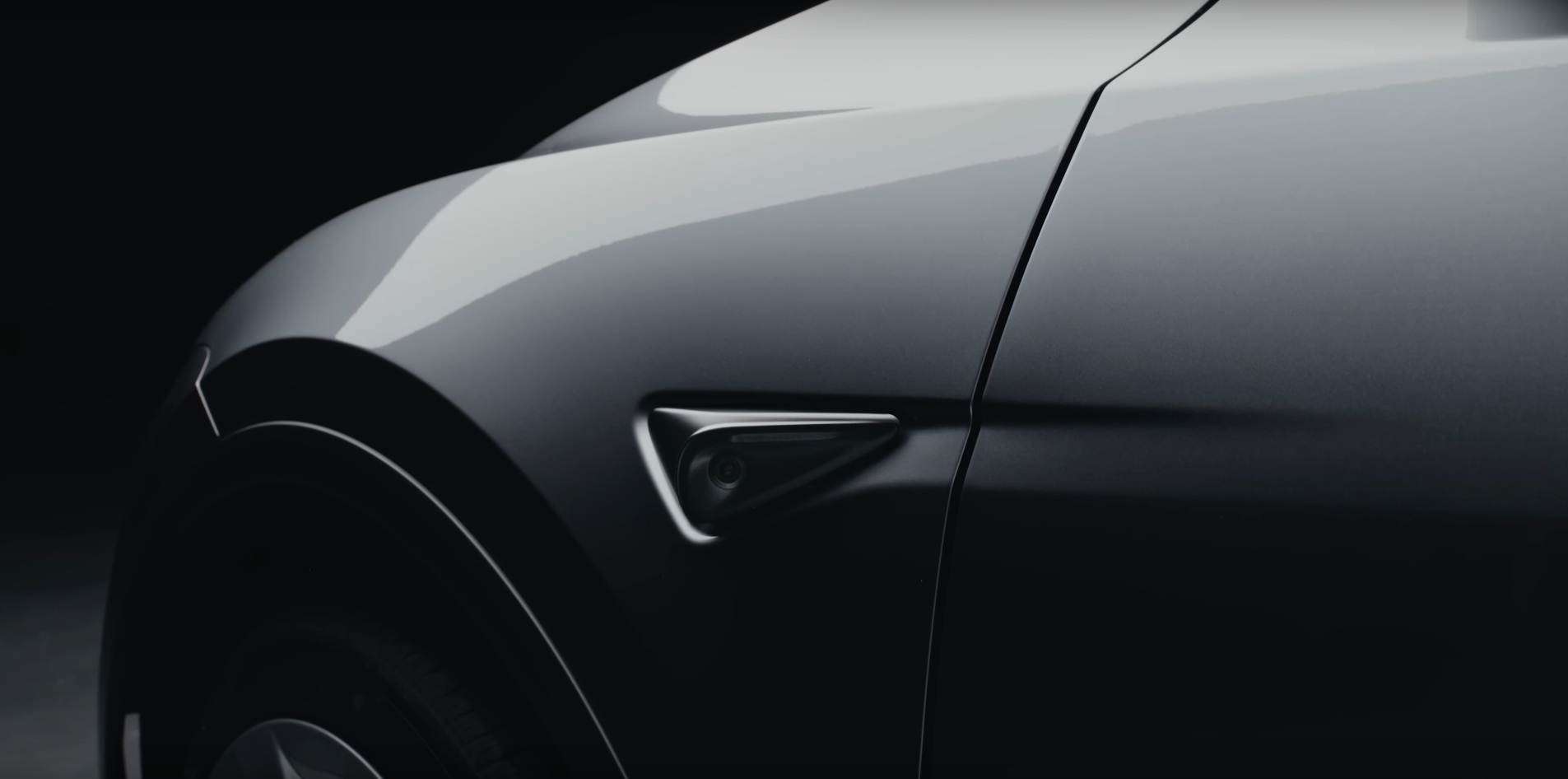
Elon Musk revealed new information on Tesla’s AI5, previously known as Hardware 5, chip, for self-driving, which will be manufactured by both Samsung and TSMC.
The AI5 chip is Tesla’s next-generation hardware chip for its self-driving program, Optimus humanoid robots, and other AI-driven features in both vehicles and other applications. It will be the successor to the current AI4, previously known as Hardware 4, which is currently utilized in Tesla’s newest vehicles.
Elon Musk reveals Tesla’s HW5 release date, and that it won’t be called HW5
AI5 is specially optimized for Tesla use, as it will work alongside the company’s Neural Networks to focus on real-time inference to make safe and logical decisions during operation. It was first teased by Tesla in mid-2024 as Musk called it “an amazing design” and “an immense jump” from the current AI4 chip.
It will be roughly 4o times faster, have 8 times the raw compute, 9 times the memory capacity, 5 times the memory bandwidth, and 3 times the efficiency per watt.
It will be manufactured by both TSMC and Samsung at their Arizona and Texas fab locations, respectively.
Here’s what Musk revealed about the chip yesterday:
Different Versions
Samsung and TSMC will make slightly different versions of the AI5 chip, “simply because they translate designs to physical form differently.” However, Musk said the goal is that its AI software would work identically.
This was a real concern for some who are familiar with chip manufacturing, as Apple’s A9 “Chipgate” saga seemed to be echoing through Tesla.
Back in 2015, it was found that Apple’s A9 chips had different performances based on who manufactured them. TSMC and Samsung were both building the chips, but it was found that Samsung’s chips had shorter battery life than TSMC-fabricated versions.
Apple concluded that the variance was about 2-3 percent. However, Tesla will look to avoid this altogether.
Release and Implementation into Vehicles
Musk said that some samples will be available next year, and “maybe a small number of units” would equip the chip as well. However, high-volume production is only possible in 2027.
This means, based on Tesla’s own timeline for Cybercab production in Q2 2026, early iterations of the vehicle would rely on AI4. Many believe AI4 can be utilized for solved self-driving, but the power of subsequent versions, including AI5 and beyond, will be more capable.
AI6 and Beyond
AI6 will utilize the same fabs as AI5, but there would be a theoretical boost in performance by two times with this version.
AI6 could enter volume production by mid-2028. However, AI7, which Musk only briefly mentioned, “will need different fabs, as it is more adventurous.”
News
Tesla makes a splash at China’s Import Expo with Cybercab and Optimus
It appears that Elon Musk’s vision is something that still resonates with people.
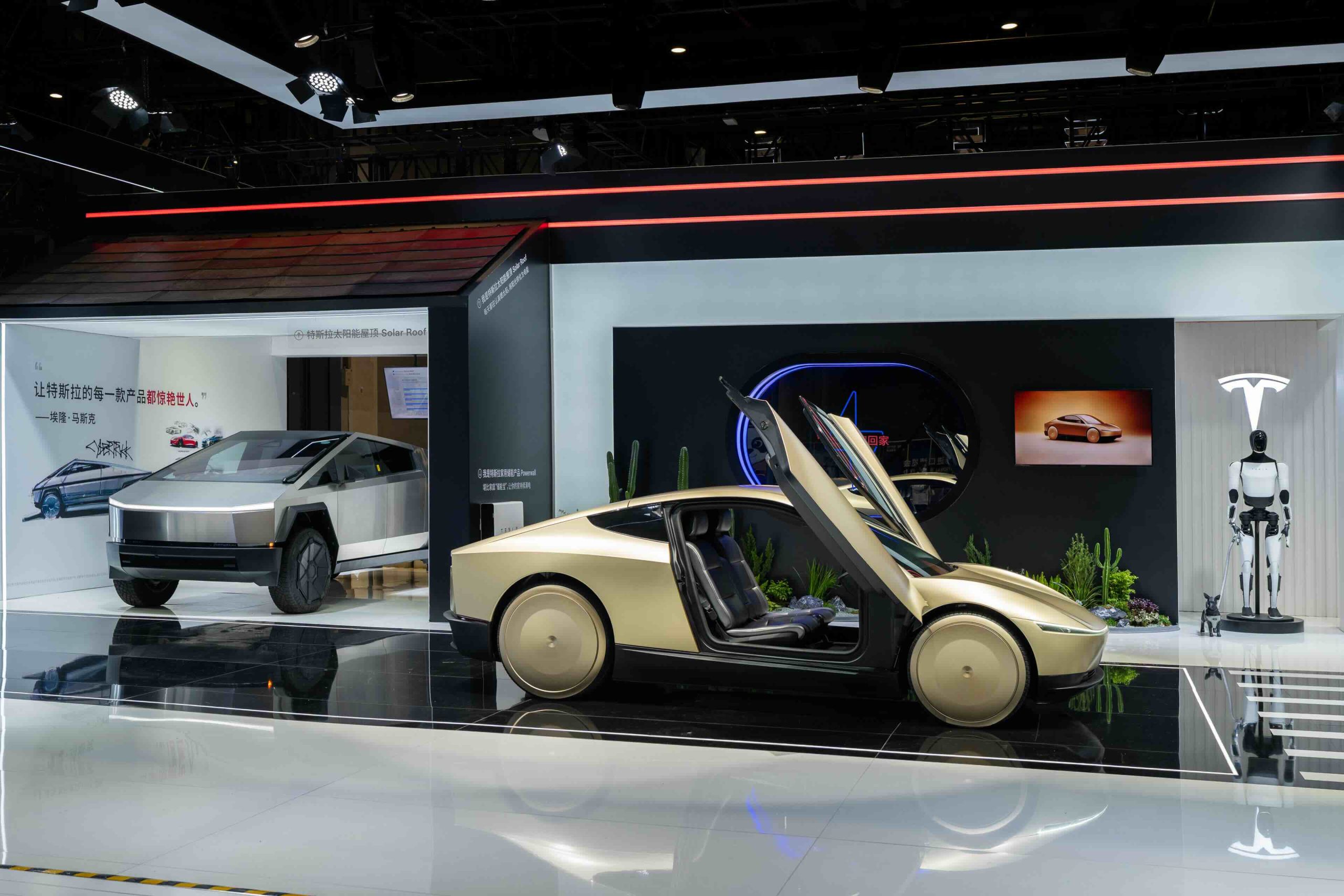
Tesla’s fully autonomous Cybercab made its first appearance in the Asia-Pacific region at the 8th China International Import Expo (CIIE) in Shanghai on November 5, becoming the centerpiece of an event that drew 12 of the world’s leading automakers.
The new model offers a glimpse into Tesla’s driverless ride-hailing future, and based on the reception of the event’s attendees, it appears that Elon Musk’s vision is something that still resonates with people.
Tesla showcases its driverless vision with the Cybercab
At this year’s expo, themed “Mobility, Infinite Possibilities,” Tesla’s futuristic two-seat Cybercab stood out as a showcase of complete autonomy. According to Tesla staff, the vehicle lacks both a steering wheel and pedals, relying entirely on Tesla’s cameras and an end-to-end neural network designed for full self-driving.
The Cybercab will ultimately serve in the company’s expanding Robotaxi fleet, a cornerstone of Elon Musk’s long-promised autonomous mobility network. During the event, a Tesla employee emphasized that the Cybercab’s model’s compact layout reflects real-world usage, as 92% of trips involve just one or two passengers, as noted in a Sina News report. Trips that require more passengers could easily be handled by the Model 3 and Model Y, which are both capable of seating four, or even five passengers.
Optimus, Tesla’s humanoid robot that is designed for both home and industrial use, was also present at the event. Similar to the Cybercab, Optimus also attracted quite a lot of attention from the event’s attendees.
Automakers reaffirm commitment to Chinese innovation
Other global automakers, including Volkswagen, Mercedes-Benz, and Honda, also displayed cutting-edge concept cars and intelligent systems, but few captured the same interest as Tesla’s bold showcase of its autonomy and robotics.
Beyond new models, this year’s CIIE highlighted a renewed focus on local innovation and collaboration in China’s rapidly evolving EV landscape. Executives from Volkswagen, Audi, and General Motors reaffirmed that their long-term strategies center on “in China, for China,” strengthening R&D operations and forming tech partnerships with domestic suppliers.
Elon Musk
Tesla gets big nod on Musk comp package from Charles Schwab
“Schwab Asset Management’s approach to voting on proxy matters is thorough and deliberate. We utilize a structured process that focuses on protecting and promoting shareholder value.”
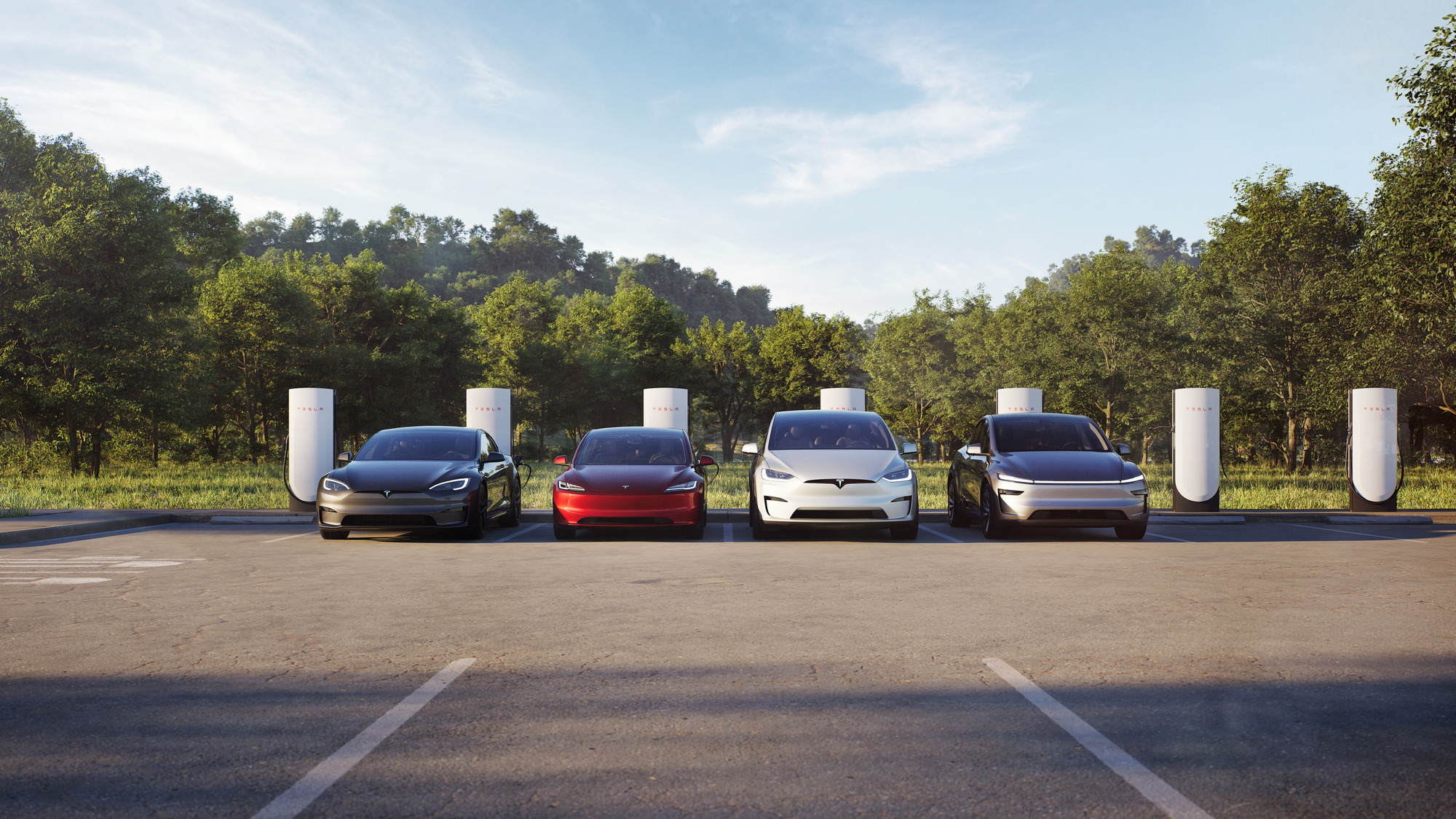
Tesla got a big nod of approval on CEO Elon Musk’s newly-proposed compensation package from Wall Street firm Charles Schwab after many shareholders believed the company was aiming to go against the new pay structure for its frontman.
Yesterday, we reported on many Tesla investors threatening to leave Charles Schwab as their broker after it was assumed the firm would vote against Musk’s pay package. The impression was that Schwab would utilize the same voting strategies as Glass Lewis and Institutional Shareholder Services (ISS), which both said they would vote against the new compensation package.
However, Schwab reached out to TESLARATI directly yesterday to confirm that it had not made any statement on which way it would vote. It then confirmed to us that it would vote to support Musk’s pay package:
UPDATE: a Charles Schwab spokesperson has reached out to TESLARATI with the following statement:
“Schwab Asset Management’s approach to voting on proxy matters is thorough and deliberate. We utilize a structured process that focuses on protecting and promoting shareholder value.… https://t.co/gG9iFhTgdJ
— TESLARATI (@Teslarati) November 4, 2025
The statement to TESLARATI said:
“Schwab Asset Management’s approach to voting on proxy matters is thorough and deliberate. We utilize a structured process that focuses on protecting and promoting shareholder value. We apply our own internal guidelines and do not rely on recommendations from Glass Lewis or ISS. In accordance with this process, Schwab Asset Management intends to vote in favor of the 2025 CEO performance award proposal. We firmly believe that supporting this proposal aligns both management and shareholder interests, ensuring the best outcome for all parties involved.”
Schwab also came out with a new statement just after that would be released to the public, stating that its delayed decision on the compensation package was due to its “structured process that focuses on protecting and promoting shareholder value.”
The firm uses a three-step program to determine its decision on a key vote like this one:
- board composition and quality
- actions a board has taken to drive strategy, deliver performance and manage relevant risks
- clarity and accessibility of reporting on key issues
It then said it applies its own internal guidelines and does not rely on recommendations from other firms, like Glass Lewis or ISS.
It continued:
“In accordance with this process, Schwab Asset Management intends to vote in favor of the 2025 CEO performance award proposal. We firmly believe that supporting this proposal aligns both management and shareholder interests, ensuring the best outcome for all parties involved.”
Charles Schwab then received kudos from the Tesla community on their decision to vote for Musk to receive this compensation package.
-

 News2 weeks ago
News2 weeks agoTesla rolled out a new feature with FSD v14 to fix a major complaint
-

 Investor's Corner2 weeks ago
Investor's Corner2 weeks agoTesla analyst says this common earnings narrative is losing importance
-

 News7 days ago
News7 days agoTesla Cybercab spotted testing on public roads for the first time
-

 Elon Musk5 days ago
Elon Musk5 days agoNeuralink’s first patient could receive an upgrade: Elon Musk
-
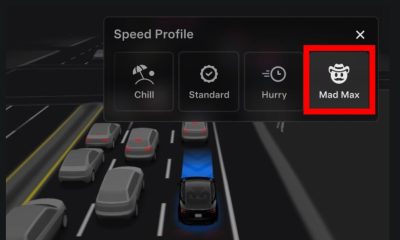
 News2 weeks ago
News2 weeks agoTesla ‘Mad Max’ gets its first bit of regulatory attention
-
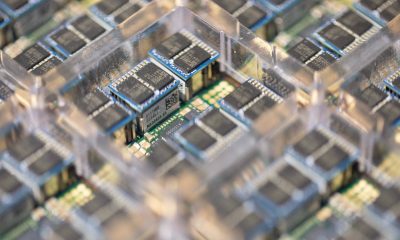
 News2 weeks ago
News2 weeks agoTesla reveals its plans for Hardware 3 owners who are eager for updates
-

 News5 days ago
News5 days agoNeuralink’s first human patient reflects on 21 months with brain implant “Eve”
-

 News2 weeks ago
News2 weeks agoTesla VP explains why end-to-end AI is the future of self-driving




